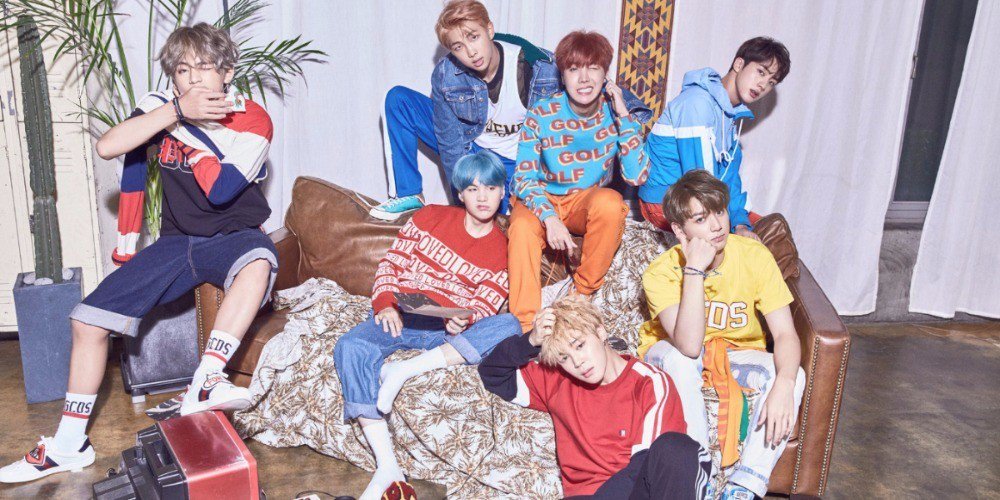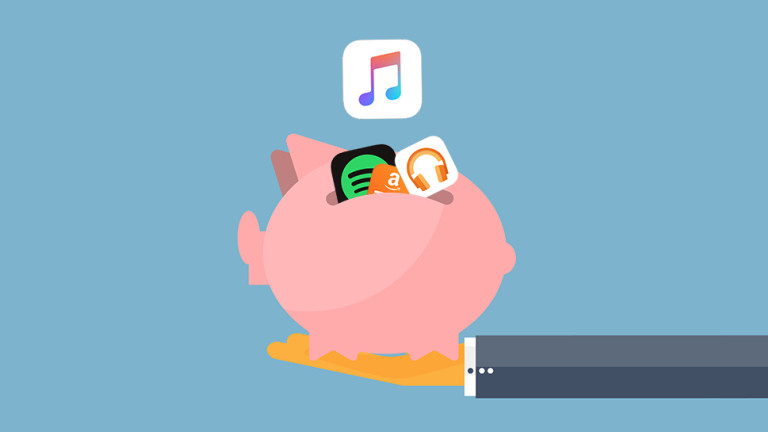
Some may have noticed the breakout of Korean pop boy band BTS or even the recent collaborations of Korean Pop groups, also known as K-pop artists, with western artists such as Steve Aoki in 2018 song “Waste It On Me.”
However, some may not have noticed that this smooth transition that happened over time. There was even the unforgettable Psy’s “Gangnam Style” and Wonder Girls’ “Nobody.” Some called it a ‘global phenomenon’ or even a ‘conspiracy’ when the rise of K-pop spread the image and culture of South Korea, causing its connection to the world to flourish. This wave is also has its own term and is known as hallyu.
Idol groups such as BTS didn’t really start until the 1990s when Seo Taiji and The Boys fused western pop music with Korean lyrics, a common form of K-pop music heard today. This fusion was immediately popular in Korea. Flash forward to current K-pop idol groups breaking out in the west and breaking out to the rest of the globe. The genre and culture has since evolved to a stylized look and image, including a particular style of music and choreography. K-pop has hit the world with even more strength than Korean dramas.
https://www.instagram.com/p/BsjbbEAH27n/
There are a variety of types of K-pop groups or people that can draw a diverse set of audiences. Within the K-pop genre, you can find a bad-ass kind of boy or girl group/performer that sings and raps, a cutesy kind that mostly sings about soft topics like love, a laid back kind that sings coffeeshop kind of music, a versatile kind that sings about almost everything (the list could go on). All while their music videos tell a complex story or concept and could go as long as five to ten minutes.
Unlike western artists, these idol groups practice a lot more, tour more often and are more strictly controlled by their record label. There are strict rules and a contract each artist has to follow, and if they stray they risk being dropped. Some take the pressure and some struggle, as seen in Youtube compilations of K-pop artists fainting during a show.
https://youtu.be/sN4bqq5HgjM
It takes a lot of talent to be multilingual, perform under these rigorous conditions, and maintain a solid image.
What’s even more shocking is that these idol groups have crazier fan groups than any other music genre selling out a majority of shows. They consistently outsell other tours and artists with ease.
So why is this phenomenon blowing up now? This could be because of the 2018 Olympics playing K-pop artists during the opening ceremony popularizing the genre. Or it could be that this adaption to western style pop music works to their advantage getting more people to listen. Most of that audience and main fanbase happen to be the most lucrative group of consumers: teenagers.
Not to say that older age groups don’t also listen, but this strong fanbase has fueled many wins in awards and the spread of K-pop music across the globe through streaming, selling and ticketing sales for concerts and tours. It’s no surprise with this dedication the world now knows what K-pop is.






